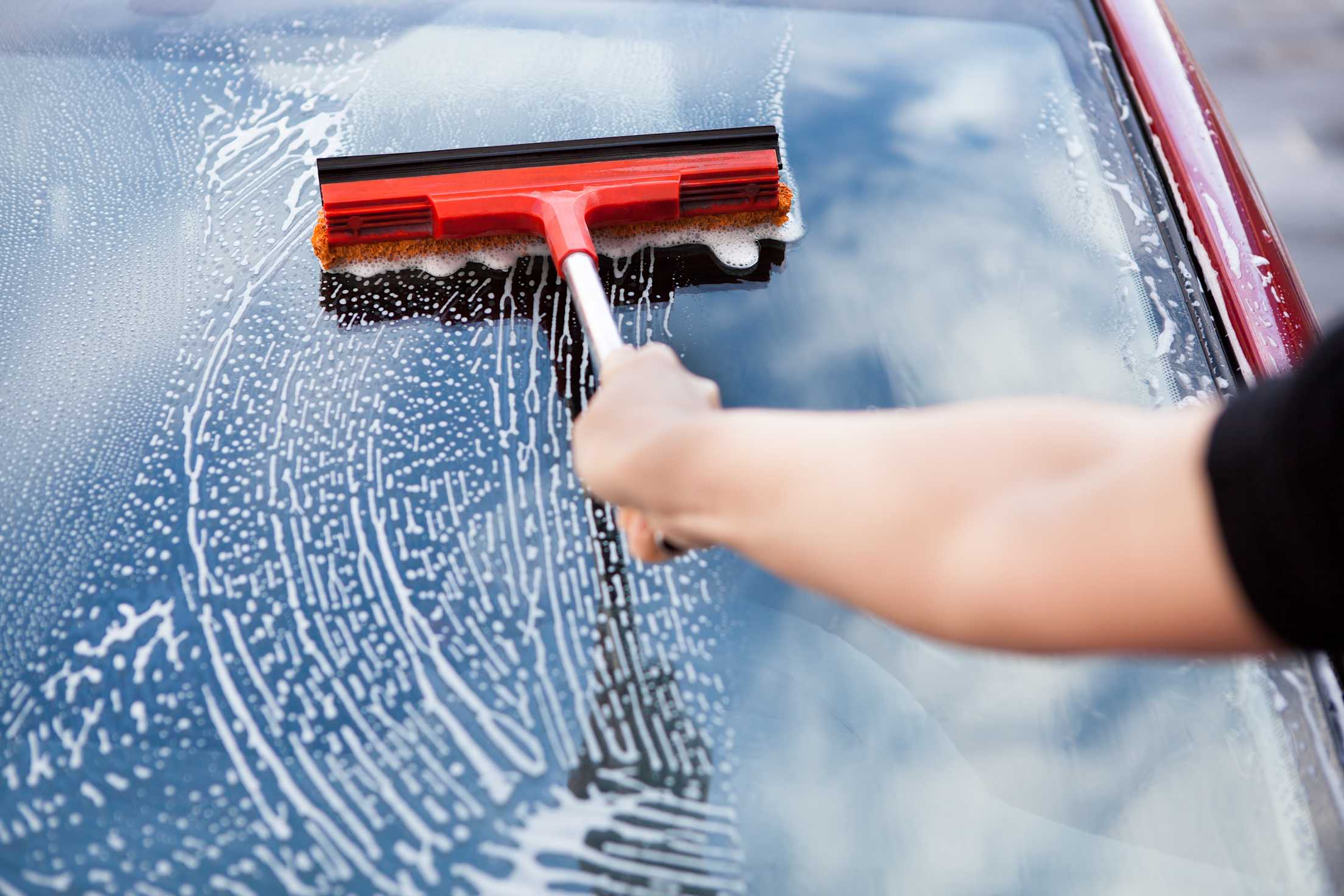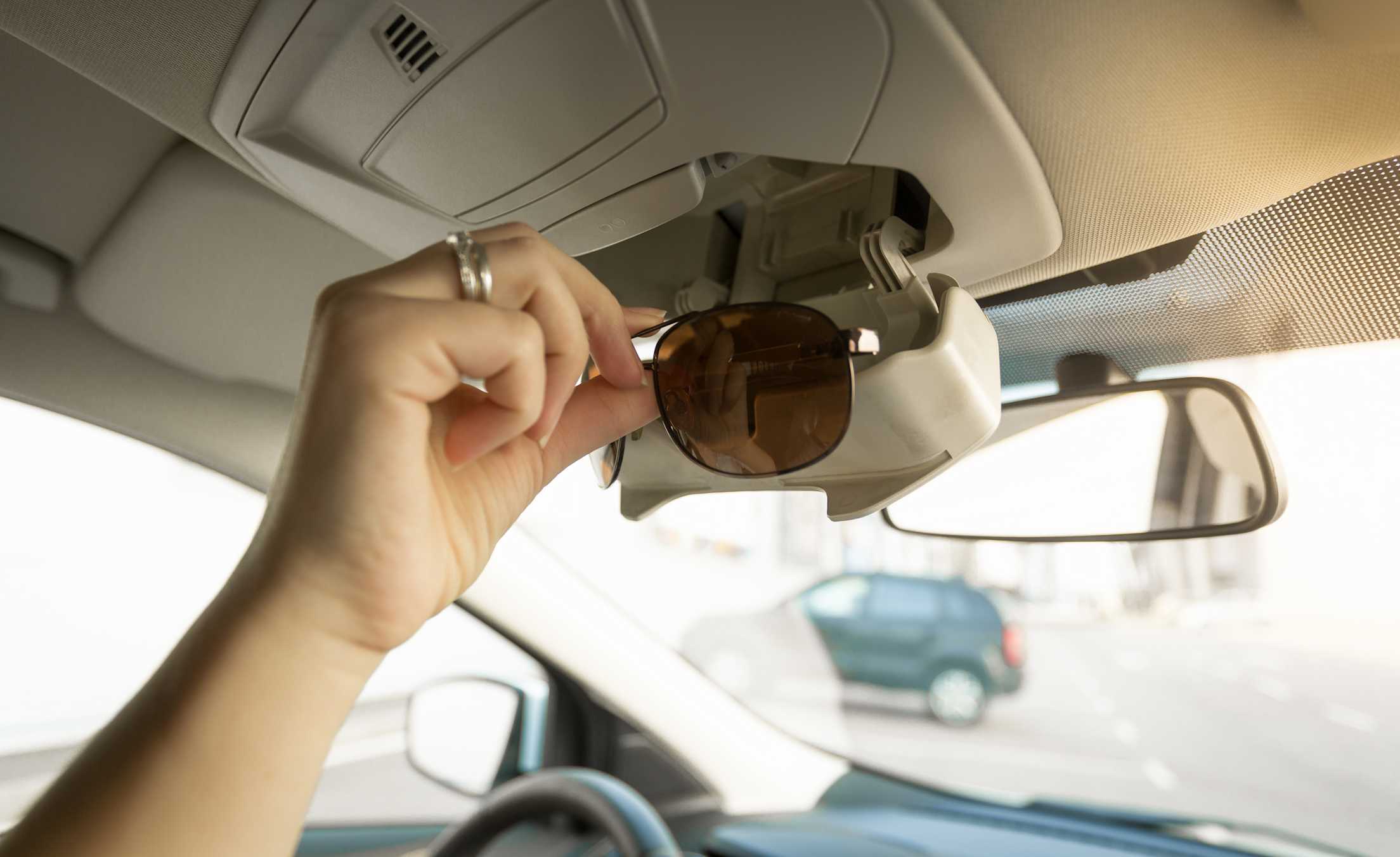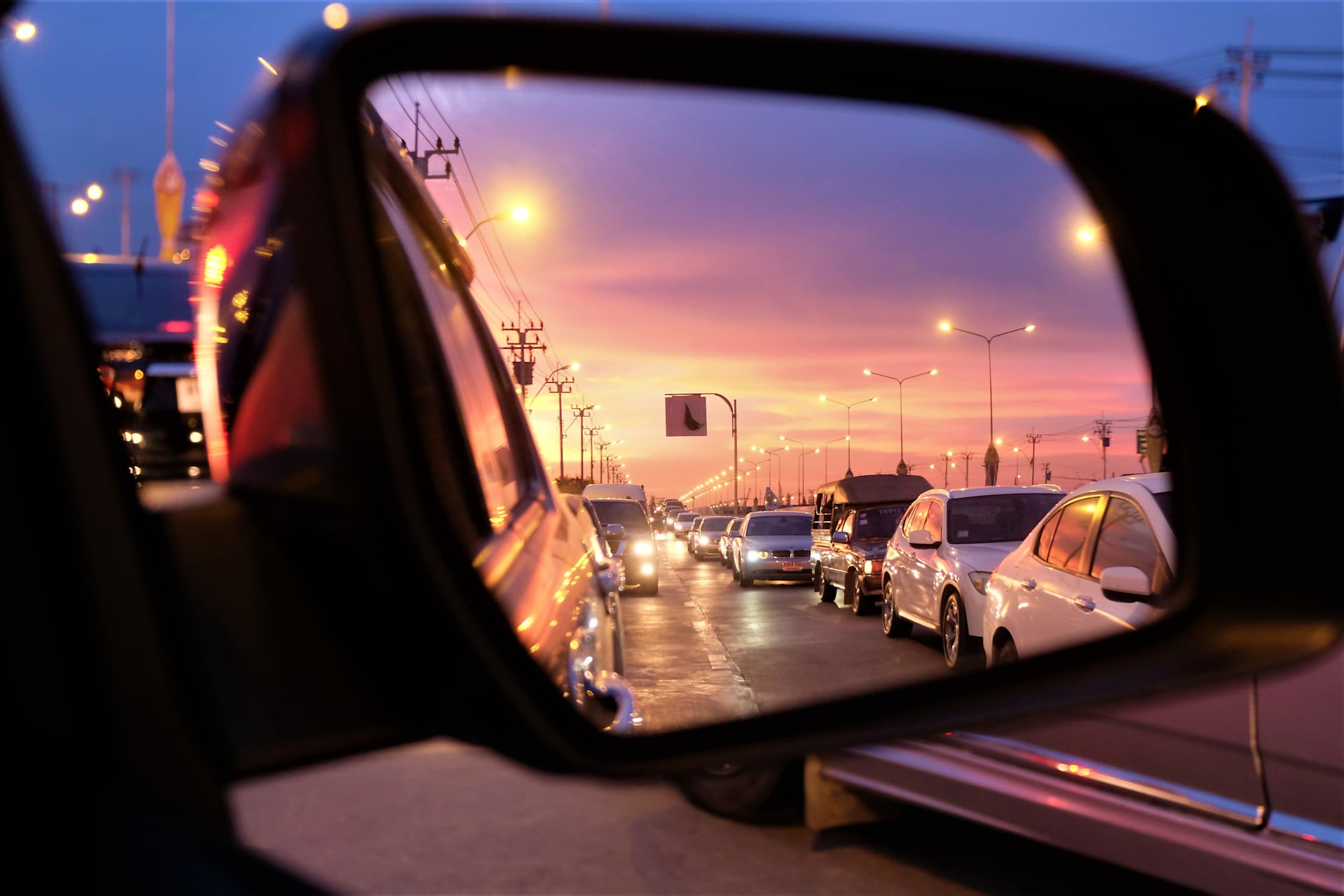
8 Tips to Avoid Glare While Driving
Stay safe and see better with these expert recommendations.

As daylight savings ends, it’s not just the clocks that change. Your visibility while driving can be impacted too. As the sun rises later and sets earlier, many drivers may find themselves on the road when glare from the sun or headlights is an issue. Having the sun in your eyes isn’t just uncomfortable, it’s also a safety hazard.
“Glare makes it much more difficult to see anything that you needed to see, whether that's another vehicle, something in the road, traffic controls, or anything that's going on around you that might cause you to have to take action or respond in some way,” explains William Van Tassel, manager of AAA Driver Training Programs.
To help you stay safe, here are eight expert tips on how to avoid glare while driving.

1. Clean your windshield.
“Preventing glare actually starts before you drive, with the vehicle. Make sure that your windshield is as clean as it possibly can be,” explains Van Tassel. If your windshield has smudges, haze, or dirt, it can make glare worse and limit your visibility.
Clean glass—inside and out—gives you the best clarity. Frequently wipe down both sides of the windshield, and use your spray washers as needed when on the road.
2. Use your sun visor.
If you’re starting to squint because the sun is in your eyes, start by adjusting your sun visor. While not revolutionary, it can be essential for increased visibility and more comfortable driving.

3. Wear sunglasses.
Sunglasses can help you avoid some of the consequences of light shining directly into your eyes. Alongside any emergency items you might keep in your car, consider adding a pair of sunglasses.
Regular sunglasses will do, but polarized lenses can offer even more protection and help you reduce glare, especially in certain circumstances such as on snow-covered or wet roads. “Snow reflects even more sunlight into the driver's eyes, so polarized lenses can help boost that protection even more,” says Van Tassel.
4. Change your route or leave at a different time.
If you’re facing glare every morning or evening on your typical route, see if it’s possible to go another way. For example, driving through downtown with tall buildings or a naturally shaded area can help naturally block the glare of the sun.
Some roads can’t be avoided, but if sunrise or sunset coincides with the time you typically leave, consider leaving a bit earlier or later for easier driving conditions. Just keep in mind that dawn and dusk can bring their own set of challenges and may be best avoided.
5. Reduce speed and create a buffer.
Bright light, whether from the sun or headlights, can temporarily blind you. Your eyes will typically recover from glare within three to five seconds, but it may take up to seven seconds or longer. That means you can travel nearly the length of a football field at 55 MPH before you can fully see again.
To help you manage, reduce your speed and leave even more space than normal between you and the vehicle ahead so you have more time to react to unforeseen circumstances on the road.

6. Angle your mirrors.
If you’re dealing with glare from headlights behind you, adjust the angle of your mirrors. “Most people were taught to set their side view mirrors so you can see the edge of your car,” says Van Tassel. “The problem is, if you have cars behind you or just off to the sides, that light comes into those mirrors and right into your eyes.”
Instead, he recommends angling the mirrors about 15 degrees further out. Doing so reduces the reflected light coming into your eyes, and it actually aims the mirrors more into what are traditionally your blind spots.
7. Look away from headlights.
Oncoming headlights, especially high beams, can temporarily make it impossible to see the road. To avoid the worst of it, Van Tassel recommends briefly glancing at the rightmost edge of your lane as the car approaches until its headlights pass the side of your car.
8. Pull over.
If you’ve tried all the tips and feel like you can’t safely see because the glare is so intense, pull over or park instead. Visibility is crucial when behind the wheel, and if you can’t see without serious strain or difficulty, it’s best to take a break. Pull over in a safe place—and maybe even spend a few minutes enjoying the sunset or sunrise before continuing on your way.